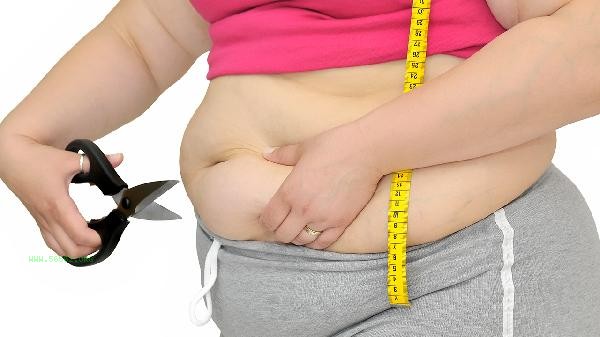The tendency for women to gain weight after the age of 35 is mainly related to a decrease in basal metabolism, muscle loss, hormonal changes, lifestyle changes, and genetic factors. After the age of 35, women's basal metabolic rate naturally decreases each year, muscle tissue gradually decreases, estrogen levels fluctuate and affect fat distribution, work and family lead to reduced exercise, and some populations have a genetic predisposition to obesity.
1. Decreased basal metabolism
The basal metabolic rate of the human body decreases at a rate of 1% to 2% per year from the age of 30, and the decrease becomes more pronounced after the age of 35. Basic metabolism refers to the energy consumed to maintain basic life activities such as heartbeat and breathing, which accounts for the majority of daily total calorie consumption. Reduced metabolism means that under the same dietary conditions, it is easier to generate excess calories, which will be converted into fat storage. Endocrine problems such as hypothyroidism can exacerbate the rate of metabolic decline.
2. Muscle Loss
Women lose muscle mass at a rate of about one percent per year from the age of 30, and muscles are the main tissues that burn calories. Muscle loss directly leads to a decrease in resting energy expenditure and a decrease in fat burning efficiency during exercise. Lack of resistance training can accelerate muscle loss, and most women over the age of 35 primarily engage in aerobic exercise, making it difficult to maintain muscle mass. The types of muscle fibers also shift towards slower muscle fibers that consume less energy with age.
3. Hormonal changes
After the age of 35, female estrogen levels begin to fluctuate and decrease, and progesterone secretion decreases. Estrogen has the ability to suppress appetite and promote fat breakdown, and changes in its levels can make it easier for fat to accumulate in the waist and abdomen. Hormonal disorders before menopause can also trigger insulin resistance, making the body more inclined to store fat. Long term elevated levels of the stress hormone cortisol can also promote visceral fat accumulation.
4. Lifestyle Changes
Women in this age group are mostly in the peak period of career development and family responsibilities, and prolonged sitting in the office, overtime socializing, taking care of the family, etc. will reduce their exercise time and intensity. More frequent choices of eating out and fast food have increased the intake of high oil and high salt foods. Lack of sleep and long-term stress can disrupt the balance of leptin and ghrelin secretion, leading to increased appetite and metabolic disorders.
5. Genetic factors
Some women carry obesity susceptibility genes, which may not be apparent at a young age, but gradually affect adipocyte proliferation and energy metabolism as they age. People with a history of obesity in their family have a significantly increased probability of gaining weight after the age of 35. Genes can affect the basal metabolic rate setting, fat distribution patterns, and sensitivity to high calorie diets. After the age of 35, women need to take comprehensive measures to control their weight, including exercising three to five times a week with resistance training to maintain muscle mass; Increase the intake of high-quality protein and dietary fiber in diet, and control refined carbohydrates; Ensure at least seven hours of high-quality sleep and manage stress levels; Regularly monitor thyroid function and hormone levels, and intervene under the guidance of a doctor if necessary. Establishing long-term healthy lifestyle habits is more beneficial for maintaining an ideal weight than short-term dieting.








Comments (0)
Leave a Comment
No comments yet
Be the first to share your thoughts!